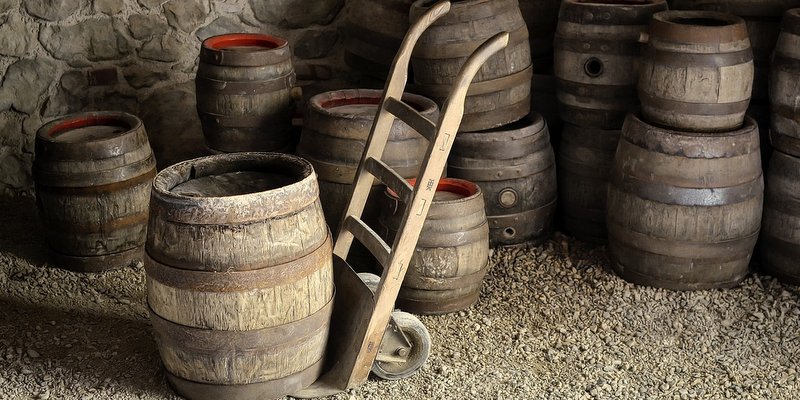
If you went out looking for craft beer a decade ago, your options would be limited to finding imperial stout or bourbon-aged barley wine. However, the demand for draft beers aged in oak barrels has multiplied with the beer crafting trend, and a wide variety of exotic barrel-aged beers are rapidly gaining the attention of beer lovers.
Every barrel tells a uniquely flavored story from the outside in, but the associated expenses make aging beer in used barrels a risky experiment as the barrels are expensive and may not mesh well with your chosen beverage style. Still, I’ve come to understand that different spirits contribute to the beer flavor with the proper technique and ample time.
Another thing I figured out during my brewing experiments was that picking out a beer type that complements the barrel wood works the best. To give you an even clearer picture of how different used barrels impart specific flavors in beers, I took the imperial stout ale and aged it in various types of barrels. Here are my genuine thoughts on each:
Used Bourbon Barrels
As per the U.S. brewing laws, straight bourbon must always be aged in newly made American white oak barrels, turning a used barrel into an excess for bourbon distilleries. Since the barrels can no longer be used to age authentic bourbon whiskey again, they are often passed on to other spirit producers who ultimately hand them down to breweries for barrel-aging beers.
Many craft beers are aged in different spirit barrels globally, but the American brewers most commonly prefer the used whiskey barrels. Since every distillery employs a distinct blend of oak wood and level of charring, brewers can differentiate between the flavors derived from them.
In general, imperial stout beers are frequently aged in used bourbon barrels. My brewing experience resulted in an American oak-flavored craft beer with perfect tasting notes of coconut, dill, and sweet spices, emphasized even further by the interior charring of the barrel I used.
Used Rum Barrels
Fortunately, I was able to get my hands on one of the exotic used barrels of Caribbean rum that began its journey as an Old Forester bourbon cask. The dark and weathered barrel even looked like it had aged rum in the Caribbean sun or on a pirate ship long enough to stand out as a statement piece in my dark cellar.
However, the flavor it imparted to my craft beverage was complex and perfectly beerish. I genuinely believed that rum lacked the harsh booziness factor compared to what whiskey barrels often impart. But I was surprised to find that the used rum barrel perfectly complemented my Dire Wolf imperial stout and made subtle flavor contributions like coconut, oak, and dark chocolate.
Used Wine Barrels
My idea behind crafting a beer aged in wine-used barrels was to enhance the already complex flavors of the beer with exotic wine characters. So I made an effort to find a freshly used wine barrel that complimented my particular beer style. Although wine barrels are generally made of French, American, or Hungarian oaks, I found the French oak denser, more subtly flavored, and costlier, but with well-balanced flavor contributions.
The high alcohol content in used bourbon barrels kills off bacteria and yeast, but recently-used wine barrels are like a breeding ground for them. Amateur brewers or distillers may consider such microflorae a problem. Still, I was inspired by Belgium’s sour ale tradition and knew how essential they are for crafting most sour beer styles. As a result, my wine barrel-aged craft beer ended up tasting along the lines of acidic Saisons or wild ales.
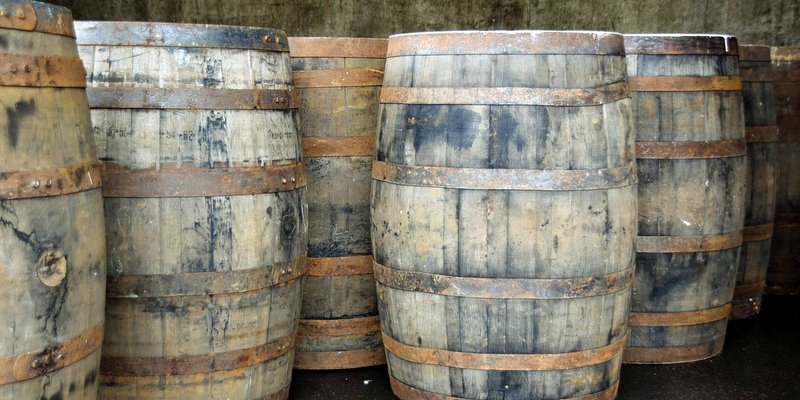
Port Wine Barrels
The port-wine barrel I found was also a unique-looking masterpiece, slightly larger than the typically used bourbon barrels and stained blood-red from prolonged use. Its appearance ultimately betrayed the fruity flavor contributions it hid within, bringing out a new side to my imperial stout beer choice. It made the resulting craft beer taste like chocolate-covered cherries and imparted characteristics that could only be described as aromatic, smooth, and rich.
Sherry Casks
The sherry barrel is easily the most majestic of all the used crafting barrels in my cellar. With a capacity nearly three times higher than used whiskey barrels, it dwarfs my second most giant barrel and has become quite the photo-op for my friends and associates.
Frankly, I found the Dire Wolf aged in a sherry cask the most uniquely exotic and almost overly vinous craft beer I’ve tasted to date. Due to a significantly lower surface area in contact with the beverage than other oak barrels, I thought I’d have to leave it in there for much longer, but I was pleasantly proven wrong.
Over the last six months of maturation, the beer picked up a unique flavor note of grape skins, a robust earthiness, and a surprisingly strong oakiness. Other used barrels may have been fun to experiment with, but the sherry cask aged craft beer turned out to be the real head-turner.
Final Thoughts
I want to share a final piece of advice before you start aging craft beer. It would help if you went local while looking for the ideal used barrels due to cheaper availability, minimal carbon footprint, and zero shipping expenses.
Contrary to popular belief, used bourbon barrels do not need to be purchased from a medieval distillery to be authentic, as I’ve extracted amazingly elaborate complementary flavors from them right here in my cellar. I always taste the spirit coming out of locally used whiskey barrels first to ensure the quality. I’ve also tried holding back bottles of bourbon exacts from the crafting barrels and serving them both simultaneously for some extra fun.
At last, I only have this tip for all the prospective craft brewers; you should enjoy the aging experiments while considering the complementary characteristics of both the beverage and the exotic used barrels.
Rachel Moore works as a Marketing Manager at Rocky Mountain Barrel Company. Rocky Mountain Barrel Company provides used wooden barrels for spirits, like bourbon barrels, whiskey barrels, rum barrels, and wine barrels. Rachel Moore loves her combination of nature, wine, and nerdy friends who appreciate her homemade wines.

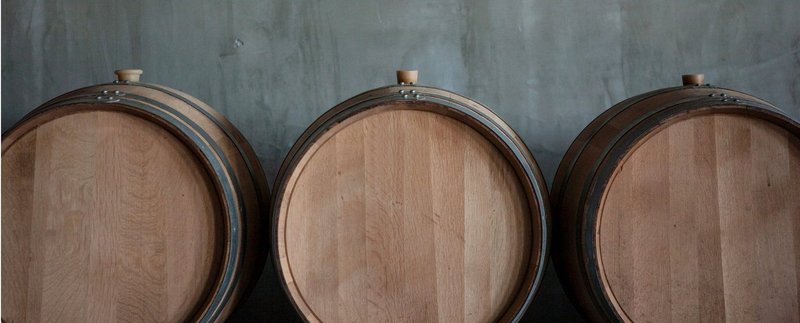
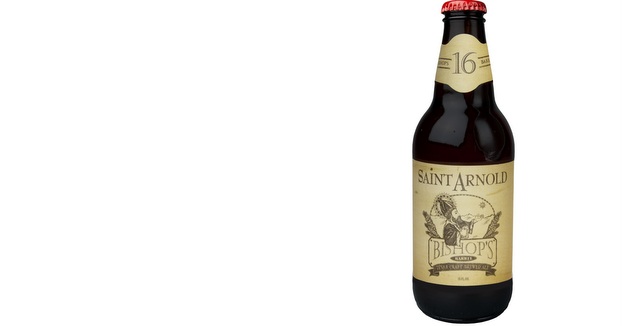
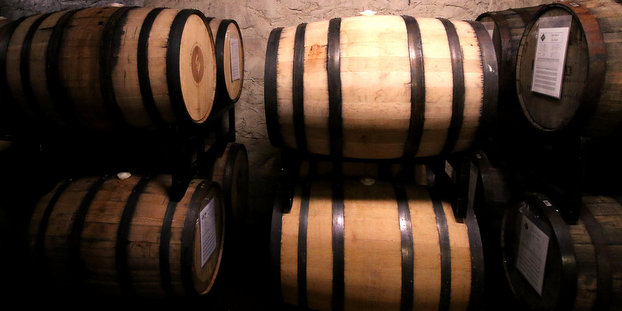
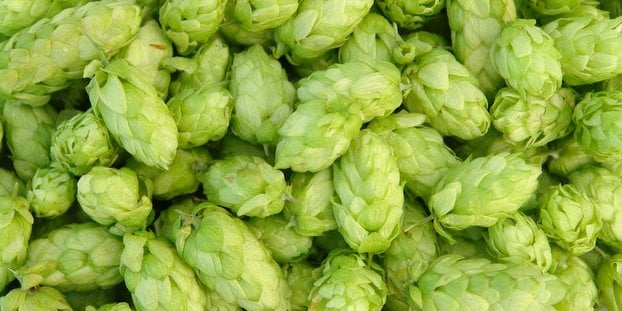
[…] Read Full Story at source (may require registration) […]